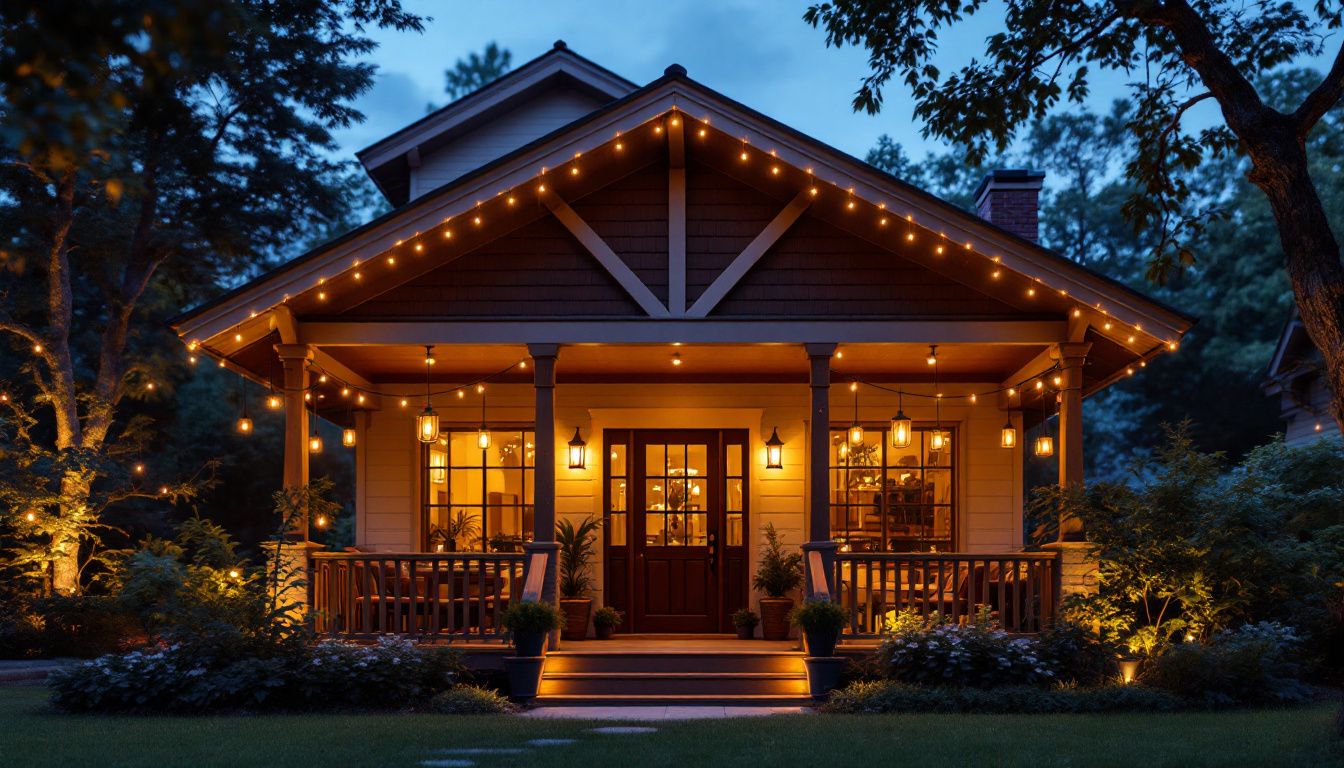
In the realm of electrical installations, switches play a pivotal role in controlling lighting systems. For lighting contractors, understanding the various types of switches and their applications is essential for ensuring efficient and safe installations. This article delves into the intricacies of electrical switches, providing valuable insights tailored for professionals in the lighting industry.
Electrical switches serve as the primary interface between users and their lighting systems. They allow users to control the flow of electricity, enabling or disabling lights as needed. The design and functionality of switches can vary significantly, impacting both user experience and installation requirements. With the rapid advancement of technology, the evolution of electrical switches has also been remarkable, leading to innovations that enhance convenience and energy efficiency in modern households.
There are several types of electrical switches, each designed for specific applications. The most common types include toggle switches, rocker switches, dimmer switches, and smart switches. Understanding the differences among these types is crucial for selecting the right switch for a given project.
Toggle switches are perhaps the most recognizable type, featuring a lever that can be flipped up or down to control the circuit. Rocker switches, on the other hand, have a more modern design and are often used in contemporary fixtures. Dimmer switches allow for adjustable lighting levels, providing flexibility in ambiance and energy savings. Lastly, smart switches integrate with home automation systems, offering remote control and scheduling capabilities. These smart devices can often be controlled via smartphone apps or voice commands, making them an appealing choice for tech-savvy homeowners looking to enhance their living spaces.
When selecting switches, it’s vital to consider their ratings and specifications. Each switch is designed to handle a specific voltage and current load. Exceeding these ratings can lead to overheating, failure, or even fire hazards. Most switches are rated for either 15 or 20 amps at 120 volts, but understanding the specific needs of the lighting system is essential for safe installation.
Additionally, contractors should be aware of the environmental factors that might affect switch performance. For instance, switches installed in damp locations require a different rating compared to those in dry areas. Ensuring compliance with local electrical codes is also paramount, as these regulations dictate the types of switches that can be used in various settings. Furthermore, the materials used in switch construction can influence durability and safety; for example, switches made from high-quality thermoplastics are often more resistant to heat and impact, making them suitable for high-traffic areas or commercial applications. The choice of finish, such as matte or glossy, can also affect the aesthetic appeal, allowing for seamless integration into different interior designs.
Proper installation of electrical switches is critical for both functionality and safety. Lighting contractors must be adept at various installation techniques, as well as understanding the layout of electrical systems within a building. A thorough knowledge of local electrical codes and regulations is also essential, as these guidelines dictate how installations should be carried out to ensure compliance and safety. Failure to adhere to these codes can result in fines, increased liability, and potential hazards.
Wiring techniques can significantly impact the performance of switches. The most common method involves connecting the switch in series with the light fixture. This method allows the switch to control the flow of electricity to the light. However, in more complex systems, such as three-way or four-way switches, additional wiring configurations are necessary to enable control from multiple locations. Understanding these configurations not only enhances the functionality of the lighting system but also provides flexibility in design, allowing for creative lighting solutions in larger spaces.
When wiring switches, it is essential to follow color codes for electrical wires. Typically, black or red wires are used for the hot connection, white wires for neutral, and green or bare wires for ground. Miswiring can lead to malfunctioning switches or, worse, electrical hazards. Additionally, using the correct gauge of wire is crucial; undersized wires can overheat and lead to fire risks, while oversized wires may be unnecessarily costly and difficult to manage. It’s also advisable to use wire nuts or other secure connectors to ensure a solid and safe connection, minimizing the risk of loose wires that could cause arcing or short circuits.
The location of switches is another critical consideration during installation. Switches should be installed at a height that is easily accessible for users, typically around 48 inches from the floor. Additionally, they should be placed near entrances to rooms or hallways for convenience. In residential settings, it’s beneficial to consider the layout of furniture and the intended use of each space to avoid placing switches in awkward or hard-to-reach locations.
In commercial settings, it may be necessary to consider the flow of foot traffic and the likelihood of accidental activation. In such cases, using protective covers or recessed switches can help prevent unintended use while maintaining accessibility. Furthermore, incorporating smart switches or motion sensors can enhance the user experience by providing automated control over lighting based on occupancy, which not only improves convenience but can also lead to energy savings. This approach is particularly valuable in high-traffic areas such as hallways, restrooms, and conference rooms, where manual operation may be less practical.
As technology evolves, so do the options available for lighting control. Advanced switch technologies offer enhanced functionality and convenience, making them increasingly popular in modern installations.
Smart switches have revolutionized the way users interact with their lighting systems. These devices can be controlled remotely via smartphones or integrated into home automation systems. This allows users to schedule lighting, adjust brightness, and even change colors, all from the convenience of their devices.
For lighting contractors, installing smart switches involves a few additional steps compared to traditional switches. It is important to ensure that the home’s Wi-Fi network is robust enough to support these devices, as connectivity issues can hinder performance. Additionally, understanding the specific app or platform used for control is essential for providing clients with a seamless user experience.
Moreover, many smart switches now feature voice control capabilities, allowing users to operate their lighting systems hands-free through virtual assistants like Amazon Alexa or Google Assistant. This integration not only enhances convenience but also caters to individuals with mobility challenges, making smart switches an inclusive choice for diverse households. Furthermore, the ability to create custom lighting scenes tailored to different activities—such as movie nights or dinner parties—adds a layer of personalization that traditional switches simply cannot match.
Dimmer switches are not only about adjusting brightness; they also play a significant role in energy efficiency and extending the lifespan of light bulbs. By reducing the voltage supplied to the lights, dimmers can help save energy and reduce electricity bills.
When installing dimmer switches, it is crucial to ensure compatibility with the type of bulbs being used. For instance, traditional incandescent bulbs work well with most dimmers, but LED and CFL bulbs require specific dimmers designed for those technologies. Using incompatible dimmers can lead to flickering, buzzing, or even damage to the bulbs.
In addition to energy savings, dimmer switches can create the perfect ambiance for any occasion. By allowing users to adjust the lighting to suit their mood or activity, dimmers can transform a space from bright and functional to warm and inviting with just a simple twist or tap. This versatility is particularly beneficial in multi-purpose rooms, where lighting needs may change throughout the day. Furthermore, modern dimmer switches often come equipped with features such as fade-on and fade-off options, which provide a gentle transition in lighting that can enhance the overall aesthetic of a room and contribute to a more relaxing environment.
Safety is a paramount concern in electrical installations, and switches are no exception. Proper installation and adherence to safety standards can prevent accidents and ensure the longevity of the lighting system.
Grounding is a critical safety measure that helps prevent electrical shock and equipment damage. All switches should be properly grounded to ensure that any fault current is safely directed away from the user. This is particularly important in wet or damp locations, where the risk of shock is heightened.
Additionally, contractors must stay informed about local electrical codes and regulations. These codes dictate the standards for installation, including the types of switches that can be used in specific environments. Non-compliance can result in fines, increased liability, and potential hazards.
After installation, testing the switches is essential to ensure they function correctly and safely. This includes checking for proper operation, ensuring there are no loose connections, and verifying that all safety features are in place. Regular maintenance checks can help identify potential issues before they become significant problems.
Encouraging clients to perform routine checks on their switches can also enhance safety. Simple tasks like ensuring switches are not warm to the touch or checking for signs of wear can prevent electrical failures and prolong the lifespan of the system.
In conclusion, understanding electrical switches is vital for lighting contractors looking to provide quality installations. From the various types of switches to advanced technologies and safety considerations, a comprehensive knowledge base enables contractors to meet client needs effectively.
By staying informed about the latest advancements in switch technology and adhering to safety standards, lighting contractors can enhance their service offerings and ensure customer satisfaction. As the industry continues to evolve, embracing new technologies and methodologies will be key to maintaining a competitive edge in the market.
Ultimately, the role of a lighting contractor extends beyond mere installation; it encompasses a commitment to quality, safety, and innovation in every project. With the right knowledge and skills, contractors can illuminate spaces while ensuring safety and efficiency for their clients.
Ready to elevate your lighting installations with the highest quality switches and lighting products? Look no further than LumenWholesale, where we provide contractors with spec-grade materials at unbeatable wholesale prices. Our extensive selection is designed to meet the most rigorous industry standards, ensuring that every project shines with reliability and high performance. Plus, with free shipping on bulk orders, you can stock up on premium lighting solutions without worrying about hidden fees. Don’t compromise on quality or value—Wholesale Lighting at the Best Value is just a click away. Make the smart choice for your business and join the multitude of satisfied contractors who choose LumenWholesale for all their lighting needs.

Explore the essential role of fluorescent ballast types in lighting installations.

Discover how hanging porch lights can transform your outdoor space with enhanced aesthetics and functionality.

Discover the advantages of Metal Halide (MH) lamps for lighting contractors, including superior brightness, energy efficiency, and versatility.

Discover essential tips and insights from a seasoned lighting contractor on choosing MR16 LED bulbs.